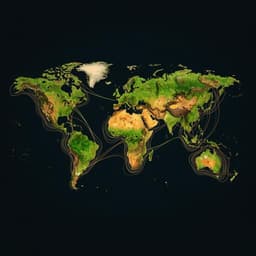
Environmental Studies and Forestry
Climate change drives widespread shifts in lake thermal habitat
B. M. Kraemer, R. M. Pilla, et al.
Lake surfaces are experiencing alarming warming, impacting how organisms adapt to their changing thermal habitat. Researchers analyzed extensive temperature data from 139 lakes, revealing significant habitat shifts that threaten biodiversity. Discover how these changes particularly affect tropical lakes and what conservation efforts might help safeguard lake species. This research was conducted by Benjamin M. Kraemer, Rachel M. Pilla, R. lestyn Woolway, Orlane Anneville, and others.
~3 min • Beginner • English
Related Publications
Explore these studies to deepen your understanding of the subject.







